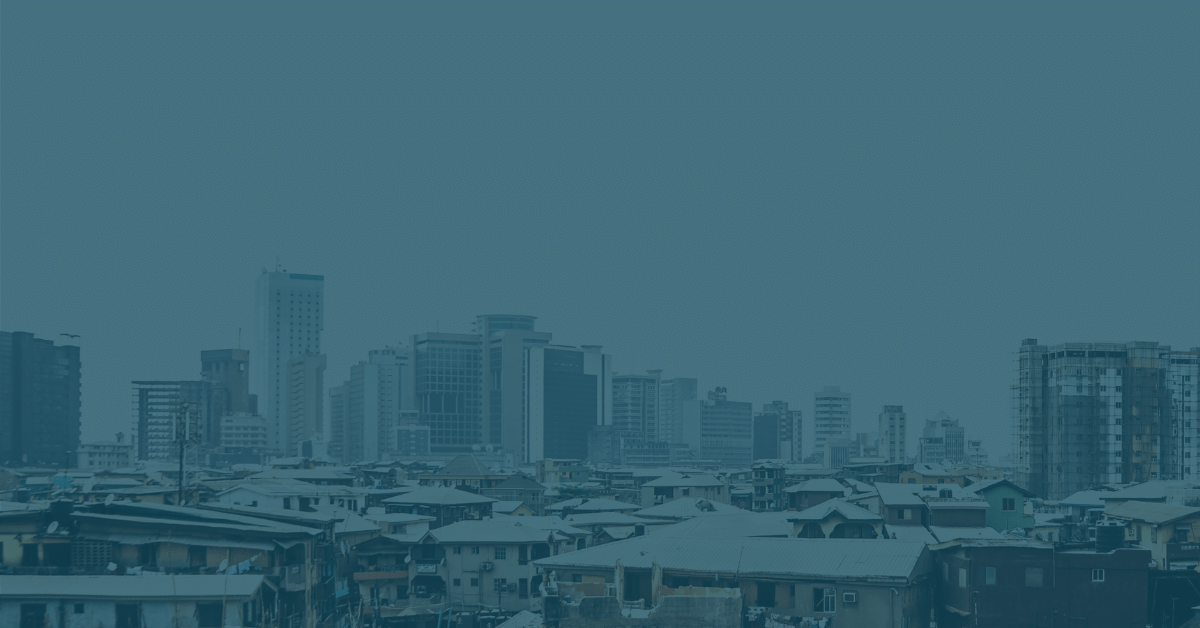The Middle East Africa (MEA) region will gradually emerge from the challenges brought by COVID-19, growing at 4% YOY in 2021, up from a contraction of 4.3% YOY in 2020. While the Sub-Saharan Africa region includes some smaller markets that have been more insulated from the global economic and pandemic crisis of 2020, all major economies in MEA have seen significant disruptions to their economies. The recovery in 2021 will be very gradual; Q2 2021 should see some uptick in activity as COVID-19 restrictions are lifted and confidence and pent-up demand begins to return. However, a more substantial economic recovery is likely in late 2021, with most economies turning to their pre-pandemic levels of economic size in 2022. Scenario planning, close monitoring of financial risk and enhancements to the offering will be essential to outgrowing market conditions in 2021.
Our analysts are working to bring you our latest insights on the MEA region, preparing you for uncertainty, volatility, and uneven recovery throughout 2021. In this series, we do a deep dive into the key MEA markets that have the largest impact on your business so you can stay ahead of the curve this year. Check out our insights on Turkey healthcare and Israel, and keep an eye on our LinkedIn page for even more insights through the end of January. Keep reading for more on our current view of Nigeria’s recovery in 2021.
Following a record-breaking contraction of 6.1% YOY in mid-2020, Nigeria officially entered recession, with the economy shrinking by 3.6% YOY. A fragile recovery in GDP growth will commence in mid- to late-2021 as global oil prices edge upward, domestic consumer spending stabilizes, and industries such as telecoms and agriculture continue to grow. Nevertheless, the growth outlook is muted. Mounting fiscal pressure will trigger cuts to public spending and infrastructure projects, curtailing public sector demand, and private sector firms will struggle to grow given chronically low levels of FDI and difficulties accessing affordable credit. Businesses can, however, look forward to improved access to dollars thanks to the re-emergence of the NAFEX window in August 2020. Amid weak overall economic performance, businesses should review their assumptions and targets for the market, consider focusing on sectors that continue to deliver robust growth, and work with local partners to identify resilient and underserved customer segments.
Nigeria’s economy will remain smaller than its pre-pandemic size well into 2022. A steep downturn and weak growth prospects will result in businesses facing harsher competitive pressures. Local partners will have to work harder as they attempt to meet growth targets, forcing them to seek ways of capturing a larger share of wallet from existing customers or expand their addressable market by selling to new customer segments or geographies.
Most businesses will return to using the NAFEX as it depreciates through 2021. Following its revival in August 2020, the NAFEX will likely reclaim its status of de facto exchange rate for businesses and their local partners as increasing volumes of dollars are traded through it. As this happens, plan for a steady depreciation of the NAFEX to approximately N 440 per dollar by mid-2021. FOREX shortages will persist but gradually ease as the NAFEX depreciates.
Public sector demand will weaken through 2021 on fragile revenues and high debt-servicing costs. The 2021 budget is unlikely to be fulfilled as planned. The government’s heavily reliance on the underperforming oil sector in 2021, persistently high debt-servicing costs, and rising budget deficit will severely hinder the government’s capacity to achieve its fiscal goals. Businesses selling to the public sector should prepare for delays in getting paid for existing contracts, while new procurement budgets and infrastructure projects will be markedly scaled down.
Actions for Businesses Operating in Nigeria
- Work with local partners to review targets for 2021, and where possible, reassess your product portfolio to focus on affordability.
- Build NAFEX depreciation scenarios into your plans, providing support—such as flexible payment terms—to local partners struggling with difficulties accessing dollars or late payments from their customers in Nigeria.
- Consider targeting companies operating in—or linked to—well-performing industries (e.g., IT and telecoms, and financial services) and industries receiving state support and investment incentives (e.g., agriculture and manufacturing).
- Focus on building trust with key customers by offering increased value-added services and after-sales support over the long term.
- Provide business development and technical support (e.g., via regular trainings for local partners) to ensure robust communication of your value proposition/product positioning.
FrontierView has all the information you need about your market, industry, and company in real-time to power your business decisions. We offer a solution that puts the right information at the right time, at your fingertips. If you would like more insights into your specific markets, click the “Start Free Trial” button on your screen to speak with a dedicated Client Services Manager and receive complimentary access to our offering.

